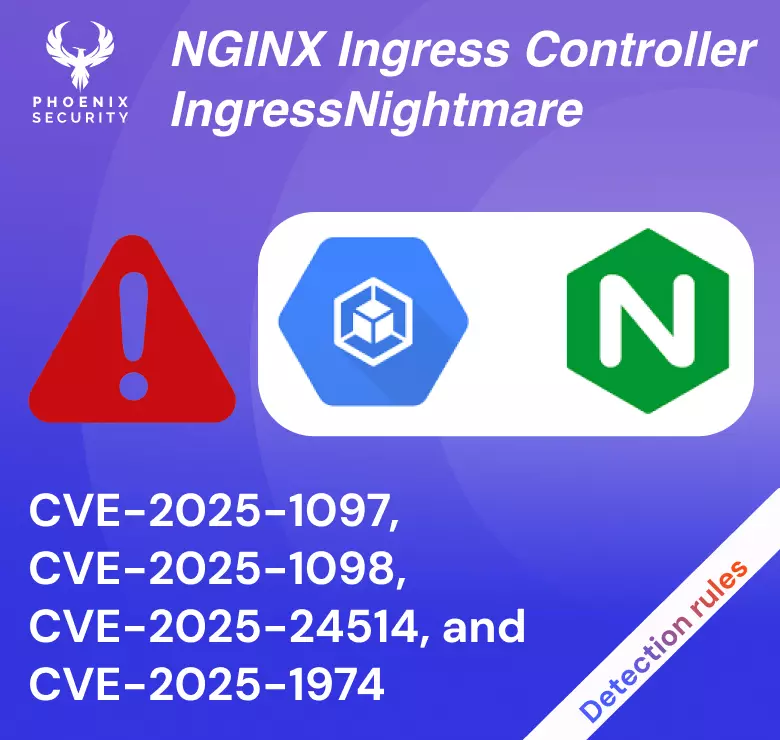The Gartner ASOC leaders add vulnerability management teaming with leaders in the industry to detect vulnerabilities to help clients quickly identify what to fix quickly and resolve the prioritized vulnerabilities before attackers exploit them.

LONDON, England (August 23, 2022)— Visibility and context to drive faster resolution on the vulnerabilities that matter most. That’s the philosophy driving the work of AppSec Phoenix, innovative posture management and risk-based vulnerability management software that puts the power of digital security into the hands of application builders and businesses.
AppSec Phoenix was founded by Francesco Cipollone, an award-winning cybersecurity expert. Cipollone is a thought leader in the applications security, cloud security and vulnerability management arena and has delivered security programming to some of the world’s largest brands, including Amazon AWS, HSBC, Nationwide, Vodafone and other financial organizations.
Leveraging his deep industry knowledge, Cipollone founded AppSec Phoenix, a platform that simplifies smart security and risk-based vulnerability management for small- to medium-sized enterprises. The platform employs innovative AI technology and industry insights to secure clients’ software. By giving enterprises a simplified tool to solve complex security issues, AppSec Phoenix saves companies time and money by identifying and closing online loopholes that can cause damage to their reputations as a result of cyberattacks and security breaches.
AppSec Phoenix seamlessly integrates with technologies for early detection of vulnerabilities like Qualys, CrowdStrike, Tenable Nessus, Checkmark, Acunetix and Netsparker, SNYK, Veracode, and many more. Today we happy to announce the integration with the major leaders in vulnerability detection and Asset management like Service Now.
With CrowdStrike, Qualys, Nessus, Acunetix and Netsparker, we are happy to cover the last bastion of vulnerability management, offering clients a single pane of glass across infrastructure, cloud, container, and application security. AppSec Phoenix helps the security team and development better control the asset risk posture and prioritize vulnerabilities based on contextual and business data. Integrating these Phoenix Security and vulnerability scanners helps organizations consolidate vulnerability management programs across cloud, infrastructure, and container security.
“The AppSec Phoenix team is pleased to partner with cyber security leaders like CrowdStrike, Qualys, Nessus, and Service Now to deliver a powerful security partnership that gives organizations comprehensive visibility on all the assets and security that is easy to understand,” said Cipollone.
Early adopters who sign up for AppSec Phoenix can receive a heavy discount on their services, limited to the first ten registered organisations.
To schedule a free demo of AppSec Phoenix’s capabilities, visit https://www.phoenix.security/request-a-demo/.
About AppSec Phoenix
AppSec Phoenix was established to provide an effective all-in-one security solution for application developers and businesses. With our easy-use platform, we’ve simplified a notoriously complex problem faced by many small and large companies working in the finance field and beyond. Learn more by visiting https://www.phoenix.security/
For instruction on getting started with scanner integration refer to AppSec Phoenix Knowledge base
check out other integration at Integration or request a demo to see it for yourself at Request a Demo






